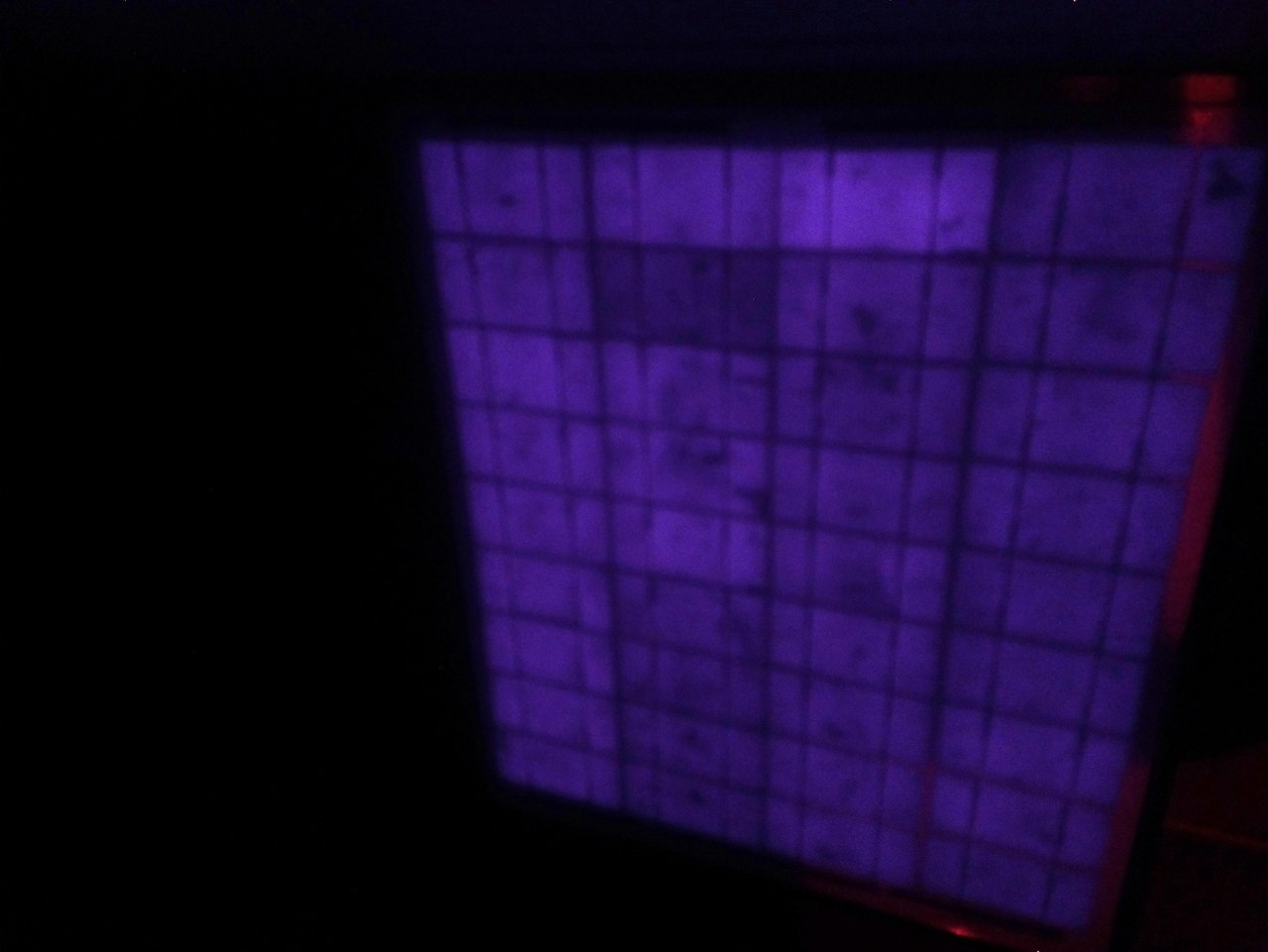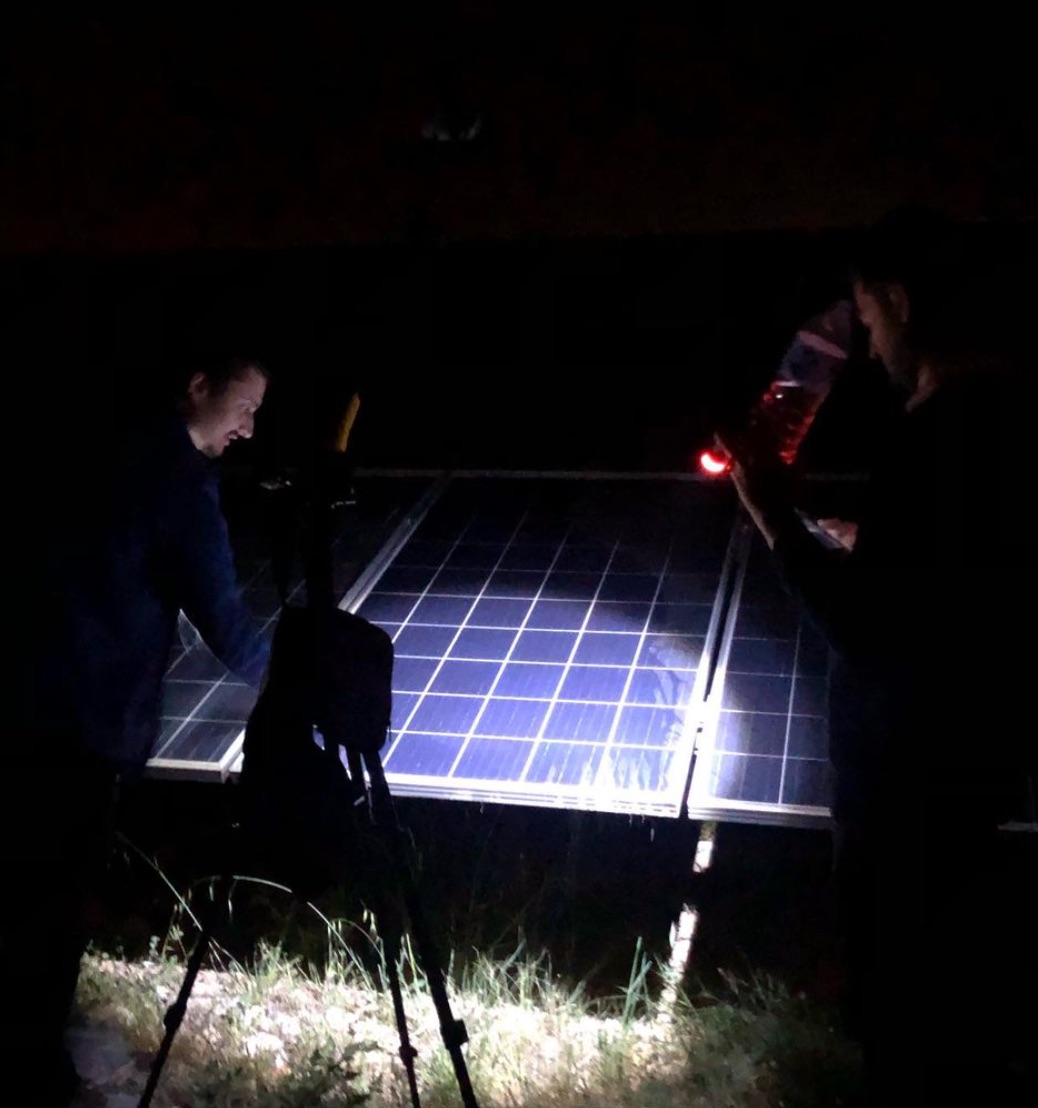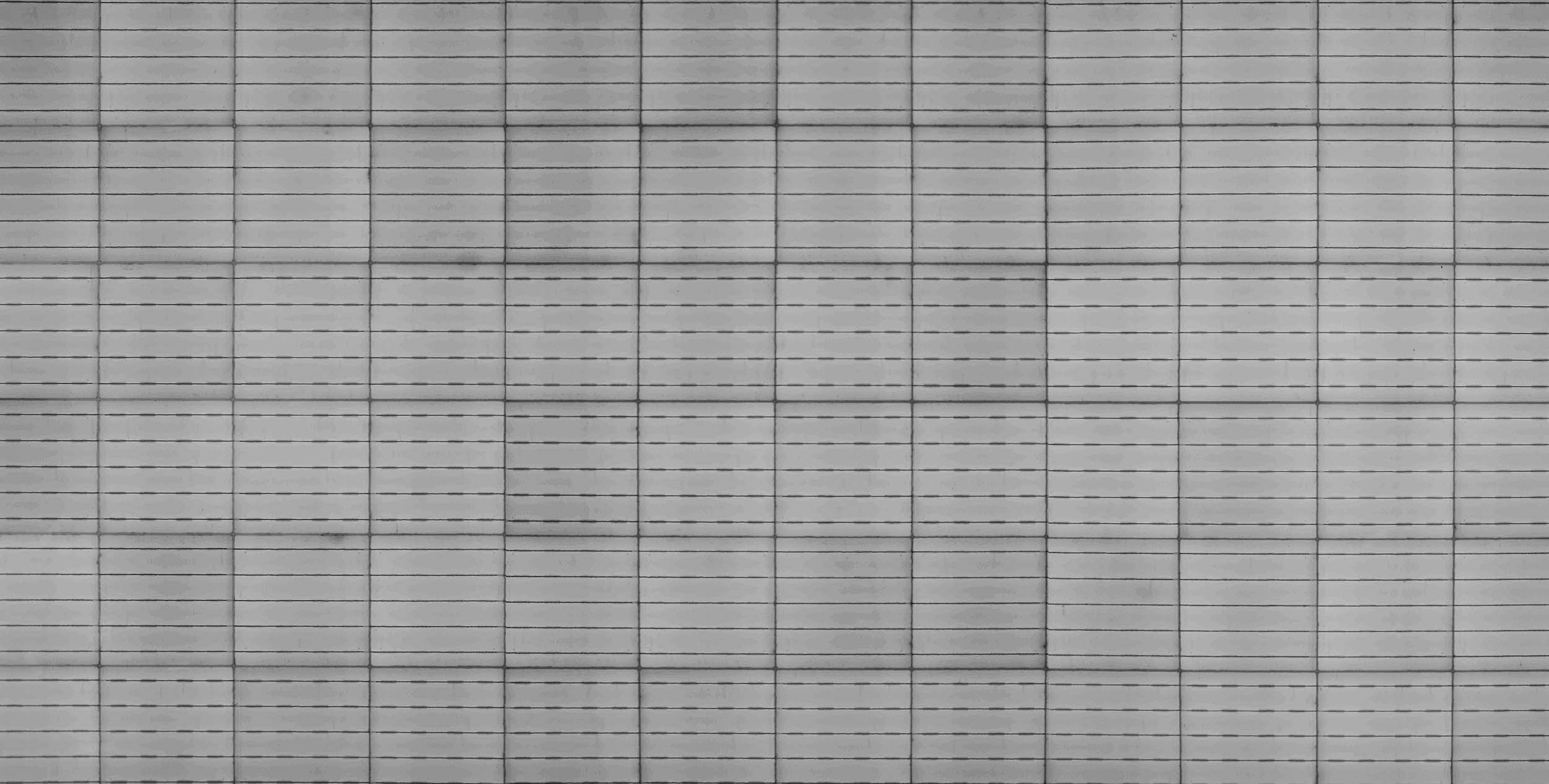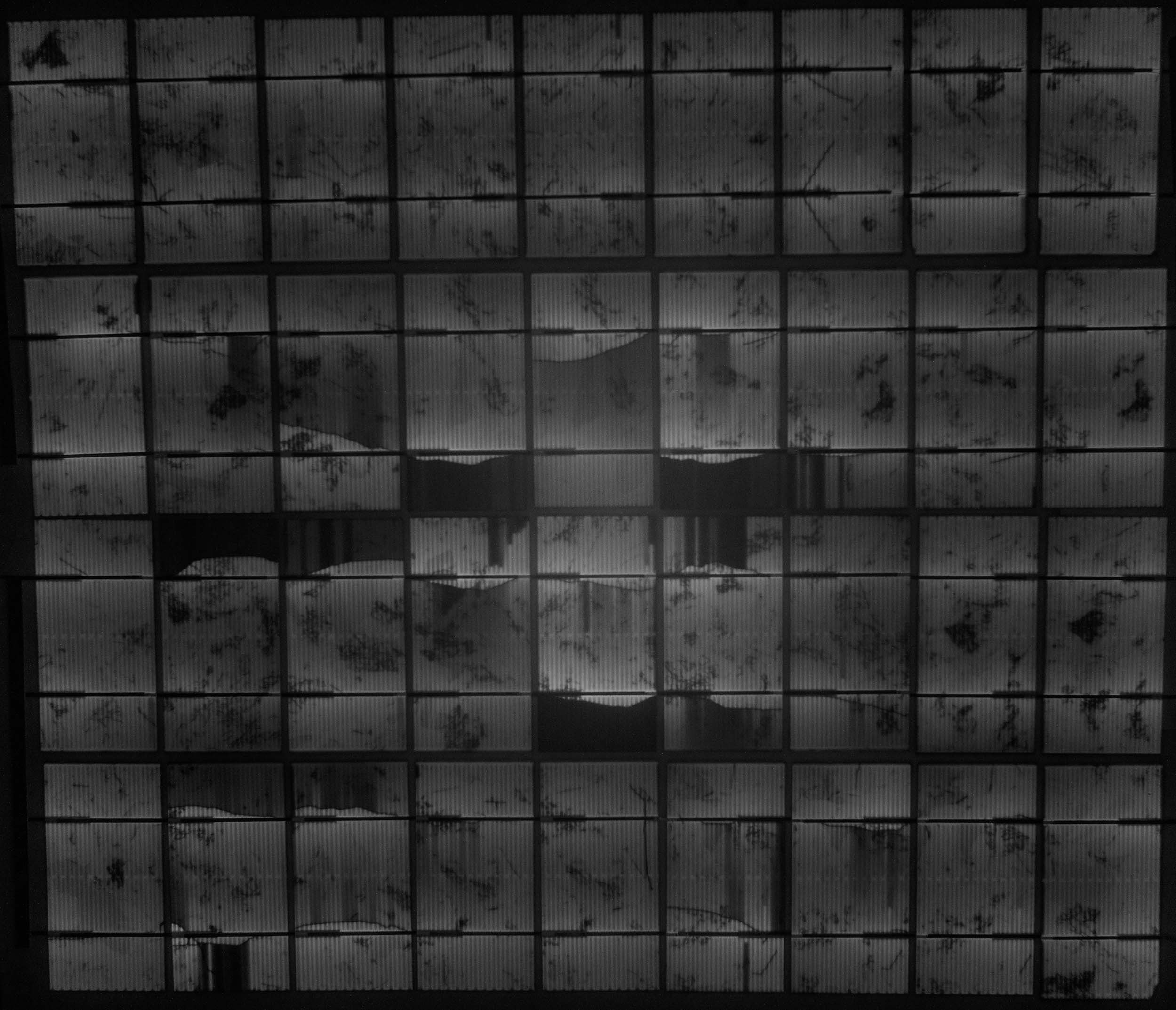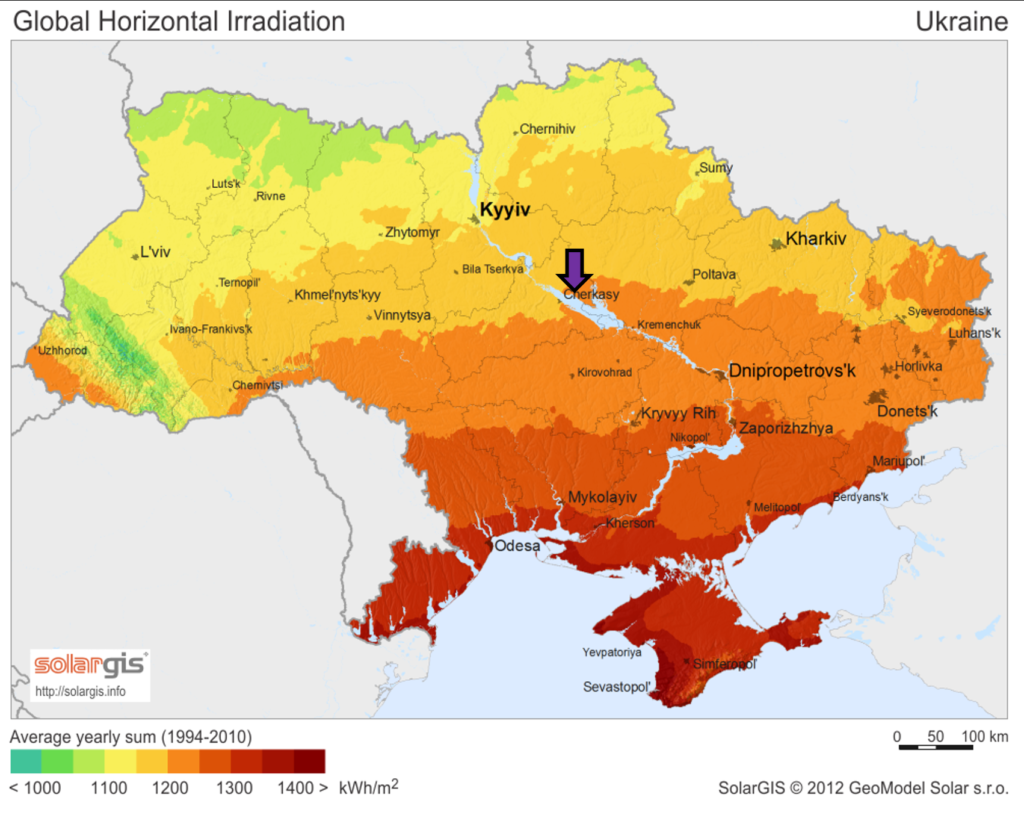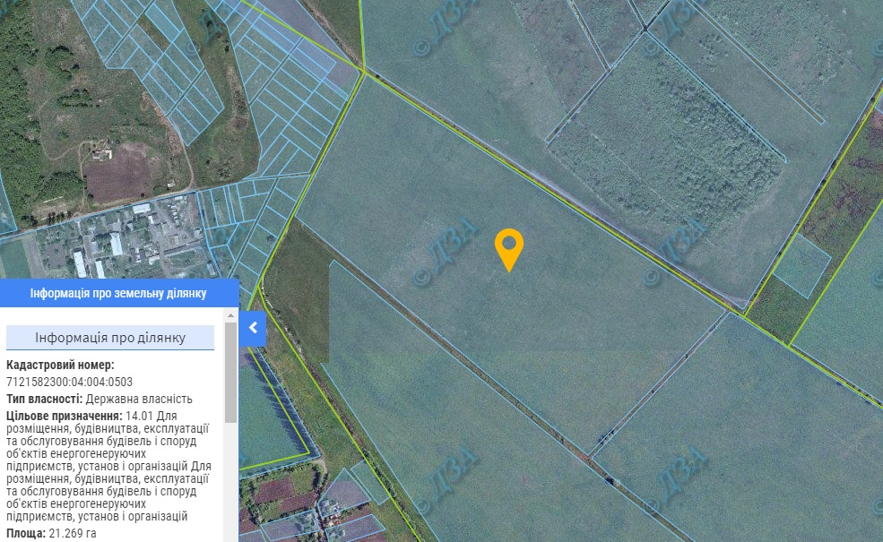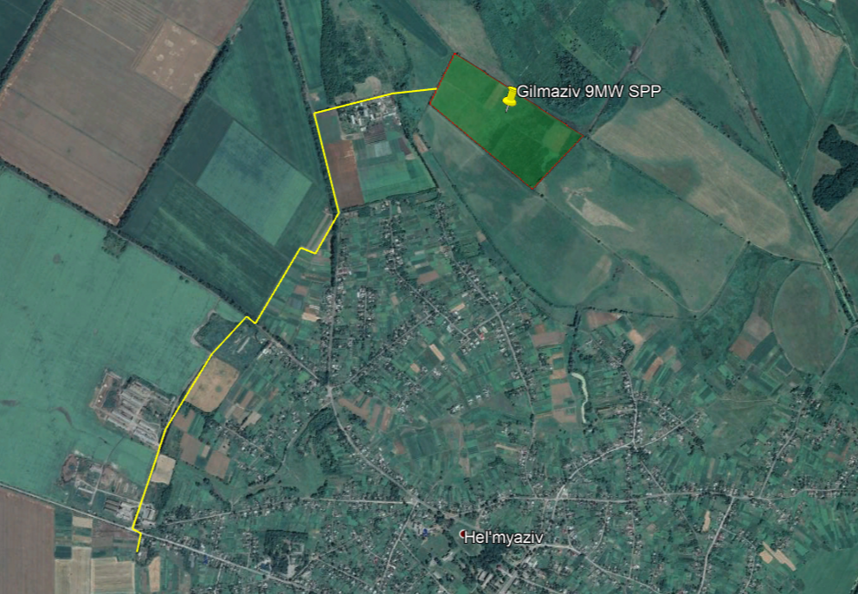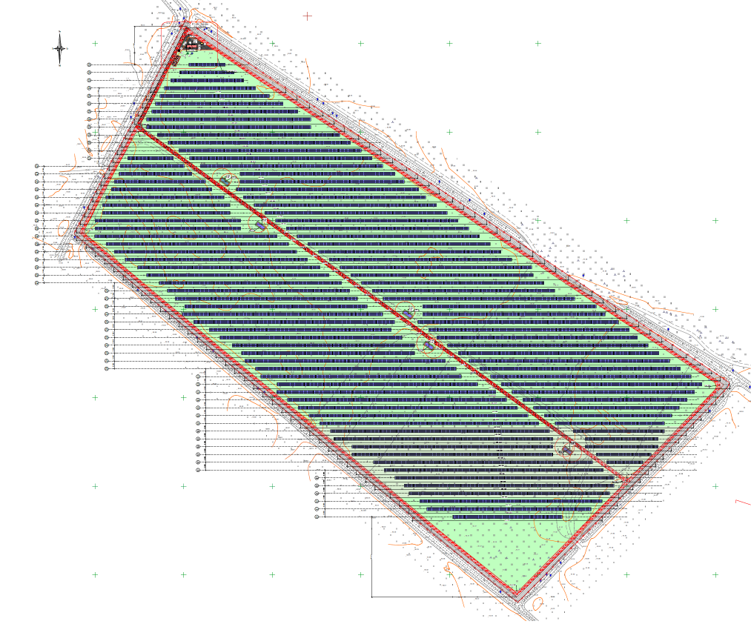1. What is accreditation and accredited organization?
Accreditation is a quality infrastructure established to support the reliability and validity of the studies carried out by conformity assessment bodies and, consequently, of the documents confirming conformity (test and inspection reports, calibration certificates, management system certificates, product certification certificates, personnel certification certificates, etc.).
The accreditation of conformity assessment bodies will be based on the international standards that define the qualification criteria for the relevant conformity assessment bodies, the relevant sectoral requirements and the globally accepted requirements set out in guidance documents developed by regional or international accreditation bodies.
A product or a service with a certificate of conformity issued by an accredited conformity assessment body provides confidence that it meets the requirements applicable to that product or service. Through systematic accreditation, it contributes to the removal of technical barriers to trade.
2. Why work with an accredited body?
Accredited bodies offer their services according to a quality infrastructure based on relevant industry norms and standards. Tests, studies and examinations are not subjective, but objective and reproducible. Accredited organizations shall present their work to accreditation bodies during periodic audits. The accreditation of control bodies showing non-conformities in their work is withdrawn.
Inspection services performed on solar energy installations are studies involving precise measurements and experiments. The procedures that determine the quality of the measurements, such as the calibration of the equipment used in these studies, the balance of uncertainty, interim checks and the competence of the inspection personnel performing the service, are part of the accreditation. Accredited organizations provide repeatable and accurate measurement services.
3. Can any accredited organization provide solar energy services?
Accredited organizations have fields of accreditation that specify their competences. Services provided outside the scope are not accredited. Solarian’s scope of accreditation, specializing in solar energy investments, can be found here.
4. Is Solarian an internationally accredited organization?
Solarian is an internationally accredited organization by TÜRKAK with accreditation number AB-0649-M. Solarian’s accreditation is valid internationally, as Türkak is a member of the European Cooperation Accreditation Program.
5. How can I find out if an organization is accredited?
Accredited organizations in Turkey are registered in the TÜRKAK database . You can search by typing the organization’s name at https://secure.turkak.org.tr/kapsam/search and you will see the organization’s accreditation field.
6. The organization indicates that it is accredited abroad, is this accreditation valid in Turkey?
No. Certification Bodies of foreign origin operating in Turkey are not hindered in providing services to their clients in Turkey if they are accredited by a national accreditation body which is a member of the European Cooperation for Accreditation (EA) and if the corresponding company extension in Turkey is specified in this accreditation.
6. How can I contact Solarian?
You can contact us by filling in the form below.
